PROJECTS
This page details projects I've worked on, with a description of each project and the specifics of my contributions. Also included are links to download pages, as well as public GitHub repositories.
I am currently making games with Insufficient Mana, a 3-person development team that I formed with my friends. I also work on solo projects in my free time!
RELEASED PROJECTS
To jump to my prototypes and in-development projects, click hereBen's Endeavors (this site!)
Release date: October 19, 2024
- Taught myself basic HTML and CSS in order to make the website
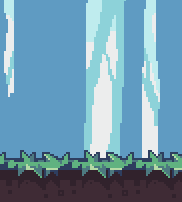
Flora
Release date: August 11, 2024
Itch.io page (FREE, playable in browser)GitHub repository
A cute puzzle-platformer made in Unity, where players grow flower platforms to solve platforming puzzles.
Flora was developed for a 48-hour game jam by a team of 3 people (2 programmers, 1 artist). Out of 166 entries, it was ranked #8 in the Innovation category.
Flora is currently being developed into a full game by Insufficient Mana, with a planned Steam and Itch.io release.
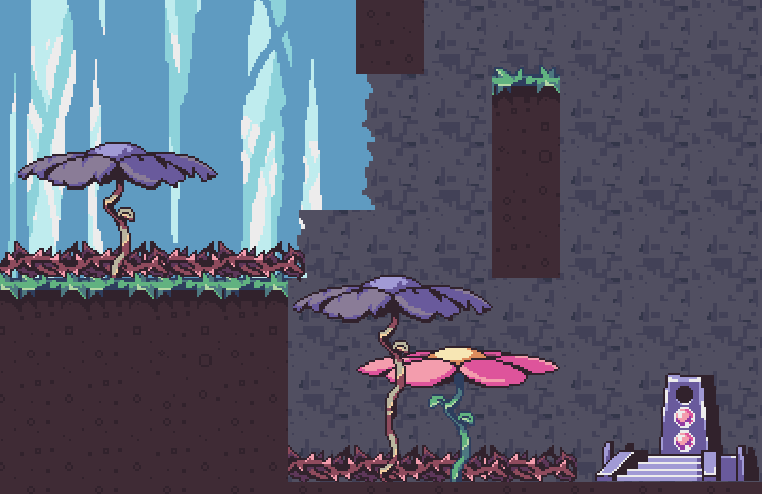
- Created, programmed, and balanced a 2D character movement system
- Developed main menu for level navigation and settings management
- Engineered and developed level management system and save data system
- Refined the feel of player movement through extensive playtesting
- Designed, playtested, and refined all 8 puzzle levels, and worked with developers to implement them
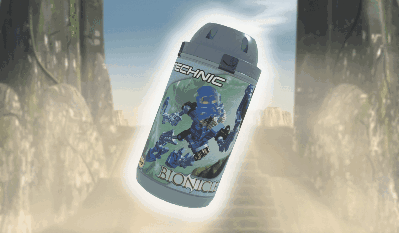
Left 4 Dead 2: BIONICLE Toa Mata Canister Pills (Mod)
Release date: June 29, 2024
Steam Workshop pageA model-replacement mod for Left 4 Dead 2 that replaces the game's pills item with a random BIONICLE canister from the original 2001 wave of Lego BIONICLE sets. For more information on the models used, please visit the Steam Workshop page.
This mod has a 99% approval rating on the Steam Workshop, with over 100 ratings. It has been downloaded and used by 3,000+ total unique players, with a peak of 1,900+ concurrent subscribers (as of April 2025).
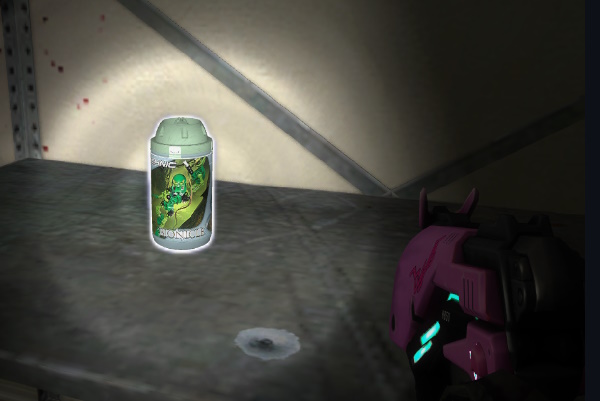
This mod was developed by me, using models provided (with permission) by boxturret.
- Worked with an existing codebase to implement new item functionality (RNG textures)
- Modified models and animations to function appropriately in-game
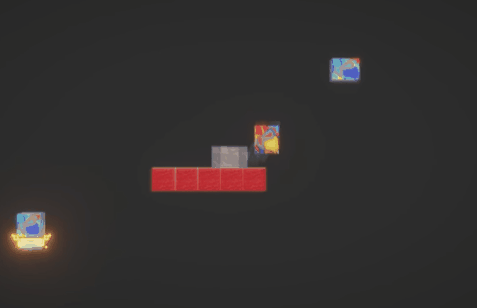
Shatterbound
Release date: May 16, 2024
Steam page (FREE)A time looping puzzle-platformer made in Unity, where players solve platforming puzzles with the help of their past and future selves.
Shatterbound was developed over the course of 2 college semesters by a team of 25 people using SCRUM and AGILE methodologies.
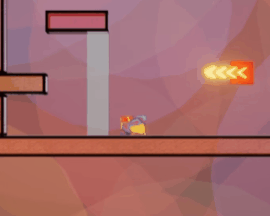
- Worked with a large team (split into different disciplines) using SCRUM and AGILE methodologies
- Created dynamic and extendable functionality for level hazards
- Designed features for a custom level creator
- Worked with producers and developers to refine the design, feel, and balance of major gameplay systems (including player movement)
Something In The Dark (TTRPG System)
Release date: December 21, 2023
System RulesOnline Character Sheet Creator (KILN)
A tabletop RPG system designed for high-stakes horror settings The system enhances storytelling and roleplay through expanded communication mechanics and new ways for players to influence the story. Visual presentation within the Rules document is inspired by (and uses graphics from) Disco Elysium.
Something In The Dark has been playtested and refined for 100+ hours before reaching its finalized state. A template for creating interactive online character sheets is provided through KILN. All resources related to Something In The Dark are free to use and modify.
Something In The Dark was a solo project, created entirely by me with feedback from my friends/players.
- Created condensed and approachable ruleset
- Developed expanded communication system that enhances roleplay
- Created unique player-sided mechanics to reduce frustration
- Implemented KILN to create a custom interactive digital character sheet
PROTOTYPES AND IN-DEVELOPMENT PROJECTS
To jump to my completed projects, click here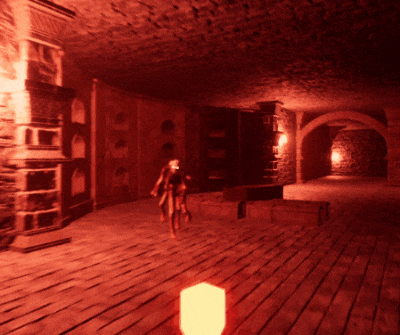
Magus (Prototype)
A first-person round-based horde shooter inspired by Call Of Duty Zombies, made in Unreal Enigne 5. Players take on the role of a wizard with a spellbook, and can upgrade or swap their equipped spells as they survive in a dangerous dungeon.
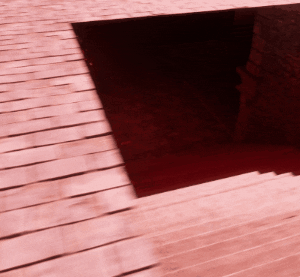
Magus was developed as a solo project while I was learning Unreal Engine 5.
- Built using blueprints and C++
- Implemented UE5 lighting system to create an ominous atmosphere
- Developed wave manager that spawns enemies in increasing numbers
- Created first-person shooting functionality from scratch
Shooty Tower (Prototype)
GitHub repositoryDesign document
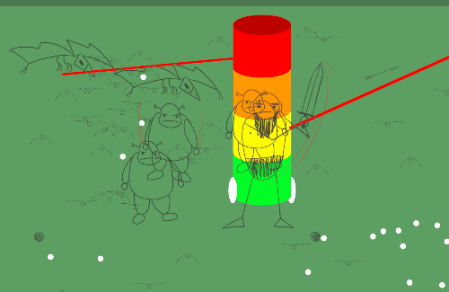
A top-down autoshooter with extraction mechanics, made in Unity. Players control a siege tower with multiple layers of armaments, and must fight against hordes of enemies at different height levels.
Shooty Tower provides infinitely scaling progression where players can explore procedurally generated environments of increasing difficulty (in exchange for increased rewards). Resources can be invested into multiple progression paths to upgrade the siege tower and its weapons.
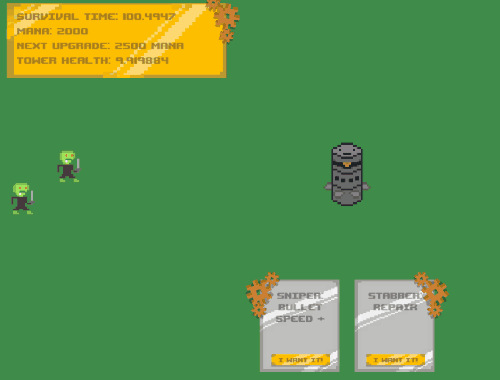
Shooty Tower is currently being developed as a solo project.
- Developed multi-layered 2D pathfinding and collision detection systems
- Created procedural environment generation system
- Developed enemy spawn director that satisfyingly scales in difficulty
- Designed and implemented infinitely-scaling progression system
Last One Left
GitHub repositoryAn immersive, gameplay-focused survival horror game made in Unity, blending both 2D and 3D shooter gameplay. Inspired by The Last Stand games, players are tasked with defending various abandoned locations against hordes of unique, dynamic, and terrifying monsters.
Last One Left is currently being developed by Insufficient Mana.
- Designed and developed highly reactive enemies that change behavior depending on where damage is received
- Created dynamic limb damage and ballistics system
- Created 2D/3D perspective switching camera system
- Created 2D/3D environment generation system